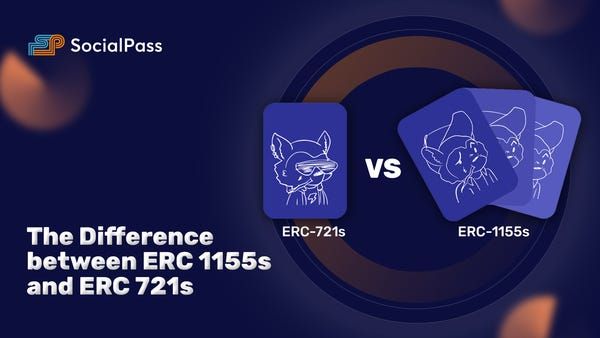The Difference between ERC 1155s and ERC 721s
Non-fungible tokens (NFTs) are a unique way of showing ownership of digital assets. With the majority of top NFT collections and marketplaces residing on the Ethereum blockchain, it makes sense that a lot of attention is paid to the best way of creating and minting NFTs for public consumption. Today, we will be examining the two major token standards on the Ethereum blockchain: ERC-721 and ERC-1155.

The ERC-721 Token standard
As the defacto and most popular NFT token standard, the ERC-721 allows creators to mint one-of-a-kind tokens as digital art. A typical ERC-721 creation comes with a couple of features, such as the initial owner/ creator, creation date, and current owner, including a ledger history of prior owners. A huge reason for the preference for the ERC-721 standard is their uniqueness making it easy to verify NFT’s originality and preventing the existence of look-alikes.
The ERC-1155 Token Standard
Also released in 2018, the ERC-1155 token standard was created to expand the capabilities of NFTs. Dubbed the Multi-Token Standard because it supports both fungible (ERC-20) and non-fungible (ERC-721) token properties, the ERC-1155 standard has the same purpose as ERC-721 but with extra features. A typical ERC-1155 contract can create several to unlimited copies of non-unique tokens and allow the batch transfer, approval, and balance of assets. This is incredibly useful for creating efficient chain transactions, such as owning a sword in an NFT game.
